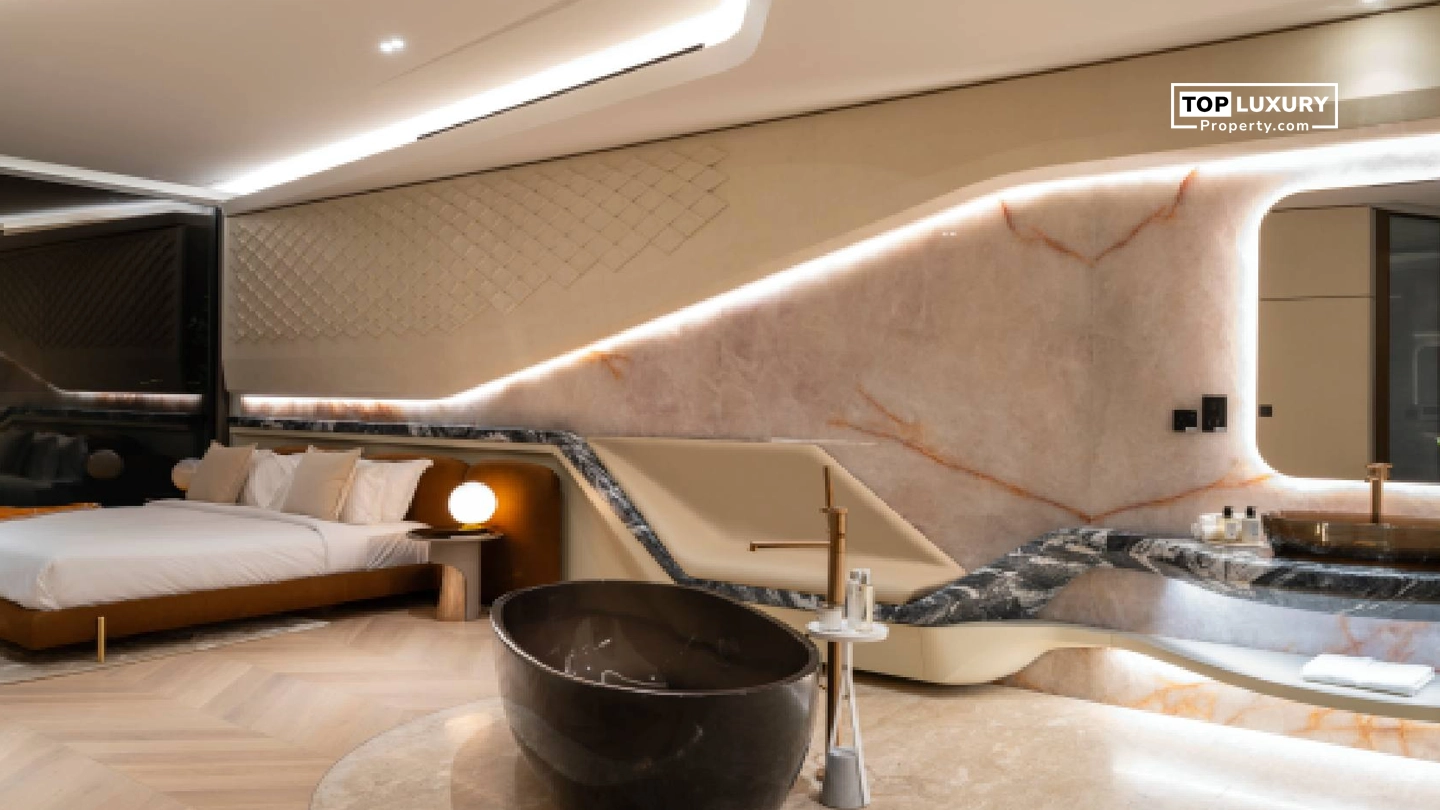Introduction
Home is more than a shelter; it is an energetic space that can affect mental, emotional, and physical well being. Vastu Shastra, the ancient Indian science of architecture and spatial layout, drives the notion that every corner of a home radiates energy. When energy is applied, there is a flow that can lead to the promotion of harmony, prosperity, and good health. Understanding Vastu for home whether building a new home or enhancing your existing living space is important in ensuring home energy flow is optimised.
Understanding Vastu Shastra: Principles and Origins
The Vastu Shastra is a centuries old system in India that acknowledges the impact of energies which are derived from architecture blended with nature’s forces and provides principles for placing orientations of forms that are energetically balanced. The root of this is based upon ancient yogic texts such as the “Vastu Vidya” that indicate all living spaces must agree to the natural laws of the universe. Vastu aims to create a harmony between humanity and nature which is influenced by positive energy that will flow in your home. Some basic principles of Vastu include:
- Symmetry and balance in design
- Alignment with cardinal directions
- Compatibility of the five elements
- Location based purpose of rooms and doors
Inclusion of Vastu Shastra for Dubai homes or any contemporary home will be beneficial in conveying improvement of peace, productivity, and wellness.
The Five Elements and Their Role in Energy Flow
One theory essential to Vastu Shastra is the maintenance of the Pancha Mahabhutas or five elements. These include Earth (Prithvi), Water (Jal), Fire (Agni), Air (Vayu), and Space (Akash). Each element corresponds to a particular direction and contributes unique energies that impact different aspects of life.
| Elements | Direction | Influence |
|---|---|---|
| Earth | Southwest | Stability and Support |
| Water | Northeast | Calmness and Clarity |
| Fire | Southeast | Vitality and Energy |
| Air | Northwest | Communication and movement. |
| Space | Center | Expansion and Connectivity. |
A home in balance would enhance positive energy for home and reduce any existing health and opportunity conflicts
Directional Alignment: Optimizing Energy Through Layout
In Vastu for home, the direction a room or item points toward has an important role in the kind of energy it can nurture. Each of the cardinal directions has certain energies associated with it, and must be respected if we wish to have optimal flow.
North East: Good for pooja room or meditation provides spiritual energy
South West: Good for master bedroom, grounding energy/stability
South East: Where the kitchen should be, related to the fire element.
North West: Good for guest bedroom or storage
East and North: Preferable for main entrances to allow positive energy enter
The Vastu for home entrance is vital because it’s technically considered “the entryway for energy to enter.” A poorly aligned entrance or a primary entrance that sits too close to an edge (like a busy road) may result in unrest, an inability to settle, or financial implications..
Room Specific Vastu Guidelines for Positive Energy
Living Room
- Preferred Direction: North or Face East
- Guest Seating: South or West wall
- Decor: Add mirrors on the north wall and not clutter
Kitchen
- Preferred Direction: South East (fire zone)
- Stove orientation: Should be facing East.
- Should Avoid: north east kitchen (possible concerning health problems) too close to the room’s dhyaan.
Bedroom
- Master Bedroom: South West room orientation.
- Sleep Position: Try to keep head faced South for a less disrupted sleep.
- Should avoid: A mirror facing the bed.
Bathroom
- Preferred Location: West or Northwest quadrant of home and all bathrooms should be kept out of the north east corner or center.
Study Room
- Ensure that you always face East or North for studying.
Following these Vastu tips for home ensures each room supports its intended purpose energetically.
The Impact of Colors and Materials on Home Energy
Colors and materials are quiet influencers on mood and energy. According to Vastu, colors are associated with specific elements and associated with chakras.
- White: peace, clarity, used for ceilings or in the North East area of the home.
- Green: growth, healing, a great choice for home offices or living rooms.
- Blue: tranquillity, recommended for bedrooms.
- Red/Orange: energy, passion, should be used sparingly in kitchens, or meditation spaces.
- Yellow: positivity and focus, a great option for living areas.
In terms of materials:
- Wood grounds a space.
- Marble represents purity (in case of pooja areas).
- Metals such as copper and brass help us conduct energy.
- Too much man made, dark, or cold materials should be avoided, particularly in resting spaces.
Balancing Energy with Vastu Remedies and Corrections
Not all homes are designed with Vastu intention, but there are actions and remedies that can be done that are non structural to balance energy:
- Mirrors: used to extend energy, and ceiling near dark, or closed areas position them in the North or East locations.
- Vastu pyramids: can neutralize negative energies of mislays.
- Plants: Tulsi, money plant, bamboo initiate positive energy.
- Wind chimes and bells: to disperse stale air energy– position in North West, or at entrances.
- Crystals and gemstones: are placed based on intention for health, prosperity, or protection.
- Salt bowls: are natural cleansers majorly recommended to be placed in corners, and bathrooms for absorption of negativity.
All these tools relating to Vastu for health and harmony can lead to restoring balance without any major reconstruction.
Practical Tips for Implementing Vastu in Modern Homes
Regardless of whether you have a villa, flat or penthouse, implementing energy balance Vastu doesn’t have to be difficult. Here are suggestions to incorporate energy balance Vastu in any home:
- Declutter constantly as the negative energy builds up in a messy and congested space.
- Ensure good ventilation in your space, so that fresh air creates movement (good energy) and eliminates stagnancy, and stale energy, or chi.
- Use aroma therapy regularly to cleanse energies; camphor, sandalwood and lavender are the most favourable.
- Light a diya or candle daily; particularly in North East, or in your pooja room as this activates fire energy.
- Rearranging beds, desks, mirrors, etc., in accordance with direction Vastu will help balance energy.
- Keep the centre of your home clear; leaving ‘Akash’ (space) sacred and empty is necessary.
- Assess alignment of your front door; add name plates, torans, and/or rangoli to the entrance to enhance positive energies.
These simple changes can lead to significant transformations in the way a particular space feels and functions.
Conclusion
Vastu Shastra is more than a superstition, it’s a useful, enduring tradition to facilitate the home energy flow to work with instead of against the natural elements. Ranging from orientation of layouts to materials used, Vastu Shastra empowers personal space in order to enhance energy flow to the home, for self care, and towards creation and growth. Although it has roots and traditions, it can still be practiced in modern day Dubai homes or high rise apartments and spaces throughout any urban area anywhere in the world. When you practice Vastu for home, you are creating not just a house, but a home that cultivates energy flow towards every facet of your life.





_(2)_638647637563832478_820465_.webp)
